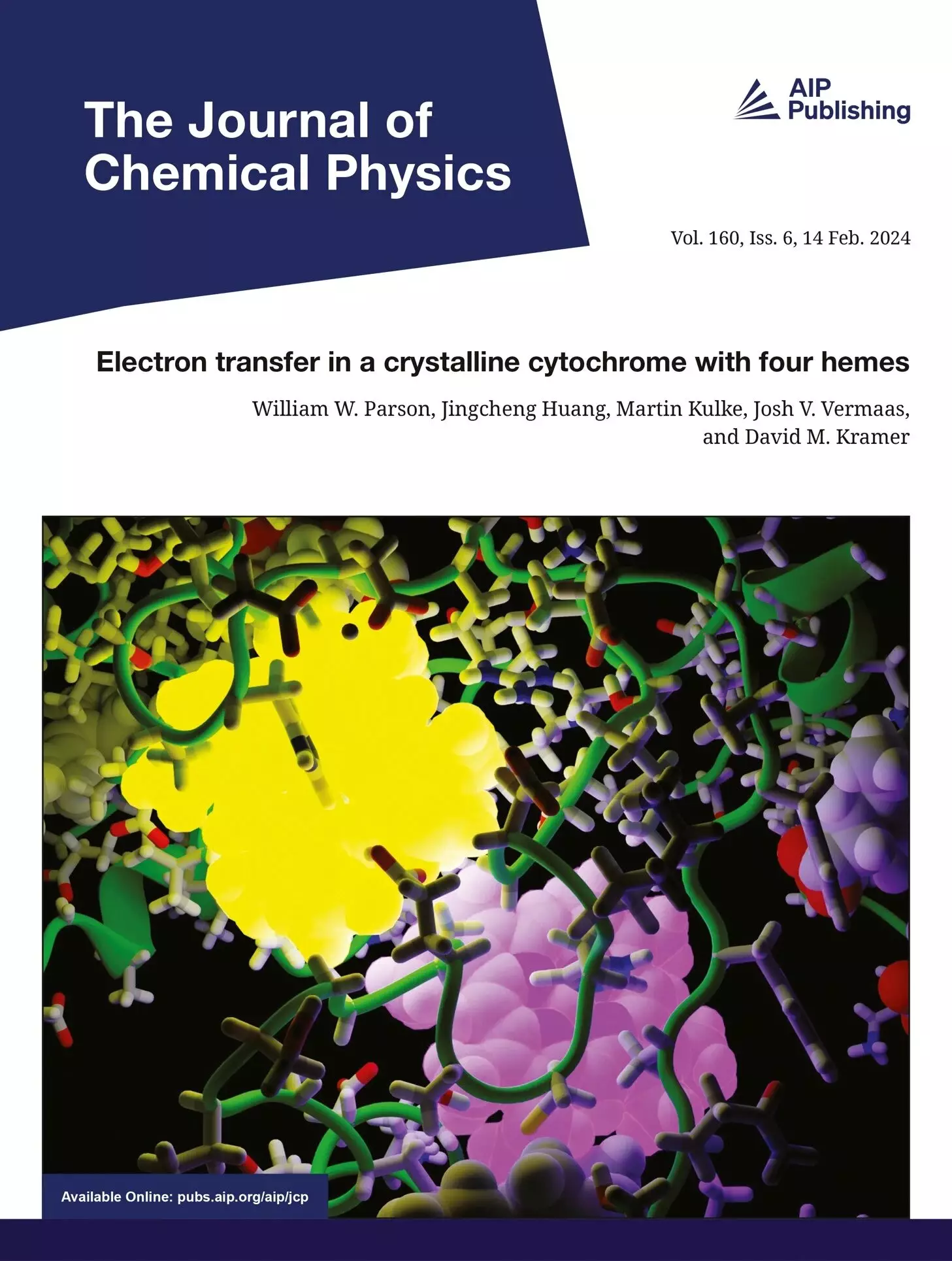Recently, researchers from the Department of Energy Plant Research Laboratory (PRL) at Michigan State University have been delving into the fascinating world of electron movement within protein nanocrystals. This exploration is driven by the potential to revolutionize our energy grid and move towards a more sustainable future. The discovery made by the researchers challenges previous theories and raises questions about how electrons navigate within these small, natural systems.
In a study conducted in 2020 by researchers in Dave Kramer’s lab at the PRL, electron flow within protein nanocrystals was observed by directing a light source at a crystal made of proteins containing heme molecules. Heme molecules are responsible for crucial biological functions such as carrying oxygen and electrons. The researchers found that the rate at which electrons jumped from one heme to another was significantly influenced by the temperature of the crystal. This unexpected temperature effect plays a key role in determining how electrons make their transitions within the crystal.
Contrary to previous theories that did not account for temperature dependence, the researchers discovered that the rate constants for electron jumps were significantly impacted by temperature changes. Jingcheng Huang, a postdoctoral researcher in the Kramer lab, highlighted the discrepancy between the observed results and the simplified theories. Collaborating with William Parson, a professor of biochemistry from the University of Washington School of Medicine, the researchers delved deeper into the phenomenon, aiming to explain the unexpected temperature dependency.
Using a method analogous to a person hopping from one rock to another while crossing a stream, electrons navigate through the protein nanocrystals by jumping from heme to heme. By monitoring color changes in the heme molecules, the researchers were able to visualize the movement of electrons within the crystal. The surprising finding was that the color change was more profoundly influenced by temperature than predicted by existing theories.
To further elucidate the energy transfer mechanisms governing electron movement, the researchers employed computer simulations known as molecular dynamics in collaboration with the MSU Institute for Cyber-Enabled Research. The simulations allowed them to observe how electrons move within the crystal over short time intervals. Jingcheng Huang emphasized that the experimental observations closely aligned with the results obtained through computer simulations, indicating a partial match between theory and practice.
The implications of this research extend beyond fundamental understanding, with potential applications in energy research through the harnessing of electron transfer processes. By tapping into the electron movement within protein nanocrystals, there is a prospect of redirecting energy from photosynthetic processes to power other biochemical reactions, such as biofuel production. The researchers at PRL are enthusiastic about the possibilities this discovery holds for advancing energy-related applications.
The study of electron behavior within protein nanocrystals represents a significant step towards unraveling the mysteries of energy transfer processes at the molecular level. The surprising temperature dependance observed by the researchers challenges existing theories and opens up new avenues for exploration in the field of energy research. By bridging the gap between theory and experimentation, the researchers at PRL are paving the way for future innovations in sustainable energy technologies.



Leave a Reply